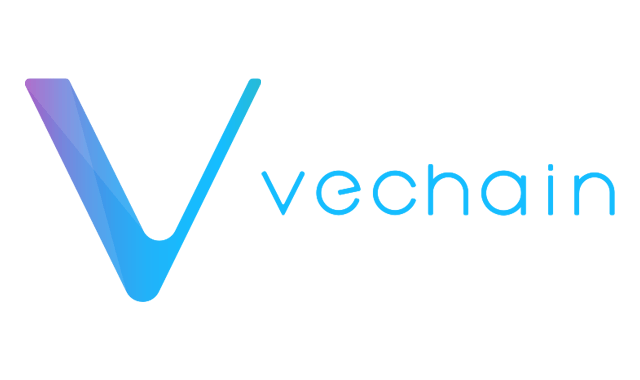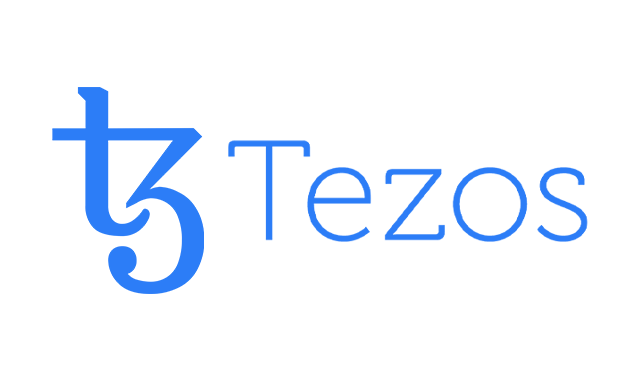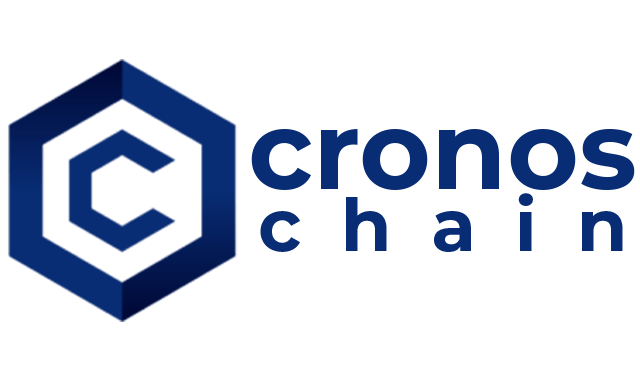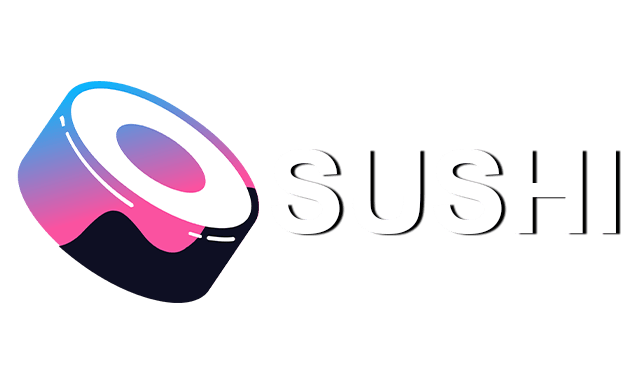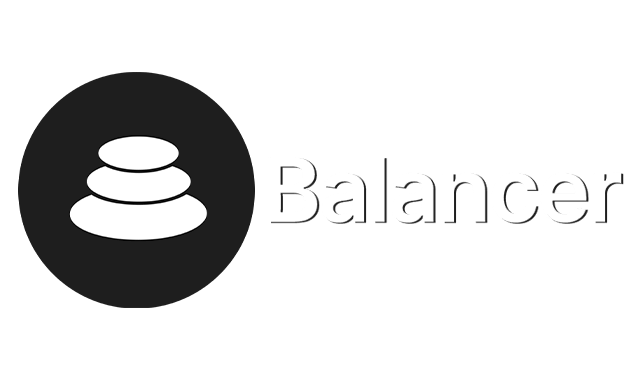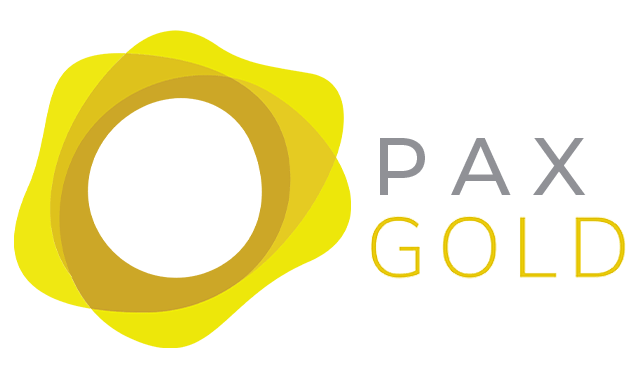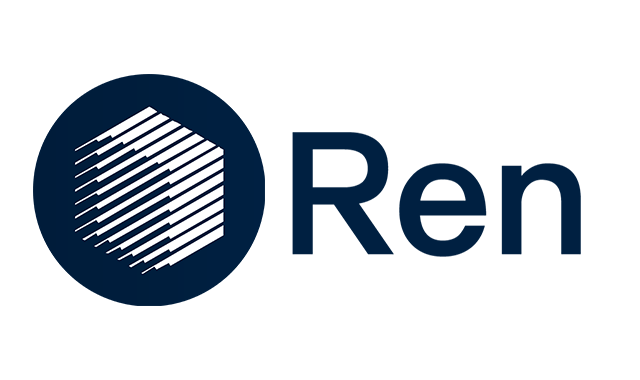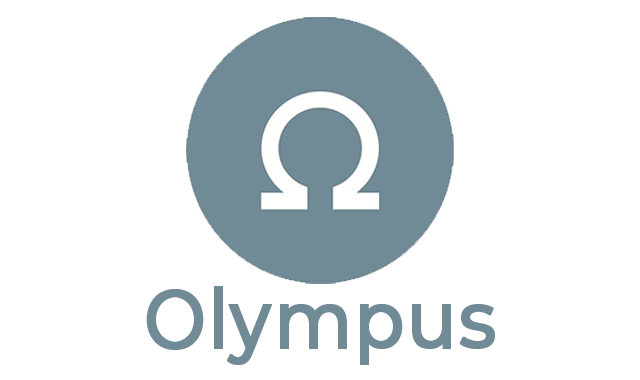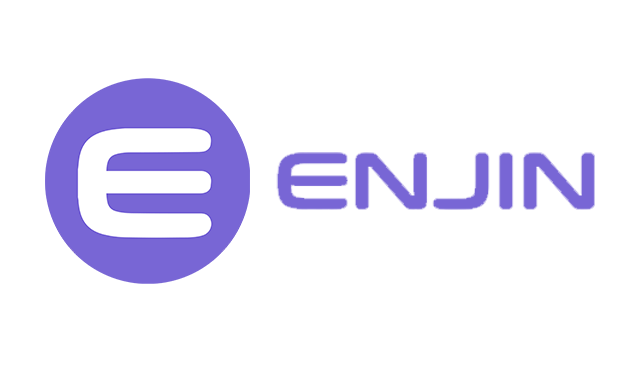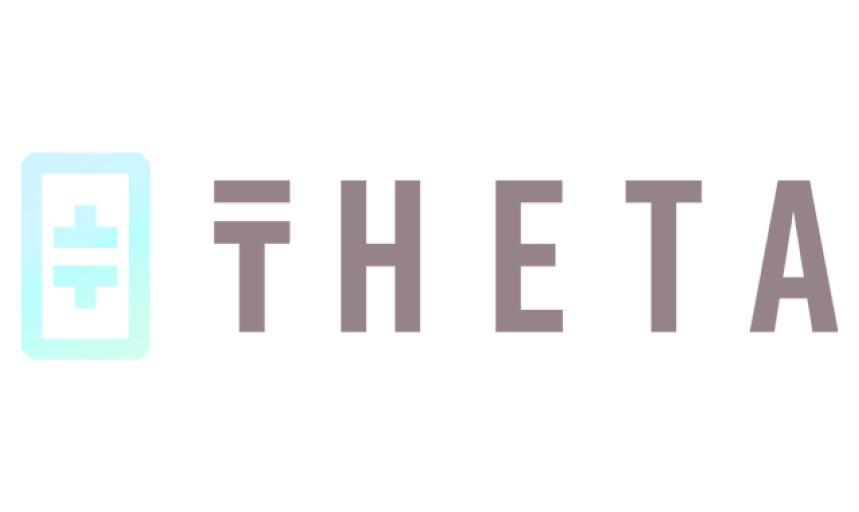Metaverse: Discover the Wonders, Journey to the Infinite
Escape to a new world of infinite possibilities. Explore the metaverse today, where blockchain technology meets your wildest dreams!

Decentraland (MANA)
Decentraland is a decentralized virtual reality platform powered by the Ethereum blockchain. It consists of individual parcels of land that users can own, explore and monetize. When Decentraland launched in 2020, it quickly became one of the hottest digital currencies.
The core of Decentraland’s economy is MANA, an ERC-20 token designed to purchase plots of LAND and use services within the game world. Players use MANA to buy virtual items or services, pay marketing fees, offer rewards for tasks completed, or hold onto them as an investment opportunity.
In this article, we’ll look at Decentraland (MANA), what makes it unique, how developers can get involved, and some ways you can use the platform to make money.
What is Decentraland (MANA)?
A virtual world called Decentraland (MANA) runs on a decentralized blockchain network. A fully immersive and distributed 3D virtual reality platform where users may produce, experience, and make money from their content was the project’s primary goal when it was first established in 2017.
To run its virtual environment, Decentraland relies on Ethereum. As a result, users can securely and entirely decentrally own and trade virtual products, services, and land. In addition, anyone with an internet connection can utilize the platform to develop their own 3D experiences, games, and applications. Decentraland provides an artistic medium, business opportunity, and entertainment source for individuals, businesses, and content creators.
All transactions on the Decentraland employ MANA, the platform’s native cryptocurrency, as the medium of exchange. With MANA, users can purchase virtual goods and services in Decentraland and buy, sell, and rent virtual land. In addition, it provides an artistic medium, business opportunity, and entertainment source for individuals, businesses, and content creators.
MANA is an ERC-20 token – a non-fungible token (NFT) created using Ethereum smart contracts. Before the Decentraland launched, the project held two LAND auctions where prospective players could bid for plots. All virtual plots of land had a minimum bid amount of 1,000 MANA, and all MANA spent on LAND during the first two auctions were burned – meaning they were destroyed and taken out of circulation. Registering and reselling avatar names and selling LAND or wearables on Opensea or the Decentraland marketplace also involves burning an amount of MANA each time.
What players do with their land is up to them. On the Decentraland Marketplace, land owners using MANA tokens can also purchase necessities and store tokens in crypto wallets.
The digital platform is wholly owned by its users. Within the Decentraland metaverse, participants can explore the digital world, purchase and monetize their land, create works of art, own non-fungible tokens, and participate in a decentralized autonomous organization of the platform.
With its unprecedented method for interacting, creating, and conducting business in a wholly digital world, Decentraland has become well-known as an unusual and inventive use case for blockchain technology.
How does Decentraland (MANA) work?
Decentraland (MANA) is a virtual reality platform that operates on blockchain technology, specifically Ethereum. It allows users to create, experience, and commercialize content and applications in a virtual world.
In Decentraland, users can create, own, and trade virtual real estate called LAND. Each parcel of LAND is represented by a unique non-fungible token (NFT) on Ethereum, which gives the owner complete control over the virtual environment they create on it.
The MANA token is the standard token that powers the Decentraland ecosystem. It can buy LAND and other digital assets and services within the platform. Additionally, MANA can be earned by creating and contributing content to the platform, such as games, experiences, and other applications.
One of the critical features of Decentraland is its governance system, which allows the community to have a say in the platform’s development and decision-making. This is done through a voting system where MANA token holders can vote on proposals for new features, changes to the platform, and other important decisions. The owner of tokens converts them to wrapped MANA, or wMANA, and then commits them to the DAO. 1 MANA token equals a single vote.
What Makes Decentraland (MANA) Unique?
Here are some of the key features that make Decentraland unique:
- Decentralized ownership: It is powered by the Ethereum blockchain, meaning that ownership of the virtual LAND and its contents is distributed and immutable.
- User-generated content: The ability to build virtual worlds, experiences, and assets are provided. This allows the platform to host various imaginative and distinctive experiences.
- Monetization opportunities: Users can profit from their content and applications using the MANA crypto. Users can sell virtual land, goods, and services to other users for MANA.
- Interoperability: Several blockchain-based applications can communicate with Decentraland because of its design. This implies that resources and applications developed within can be utilized in other blockchain-based initiatives and vice versa.
- Community-driven governance: A decentralized autonomous organization (DAO) managed by MANA holders oversees the affairs. This enables the community to have a say in the growth and direction of the platform.
Partnerships of the Decentraland (MANA)
The project has various partners and collaborators across different industries. Some of the notable partners of Decentraland include:
- Samsung NEXT: They partnered with Samsung NEXT, a venture capital and incubation arm of Samsung, to explore and develop blockchain-based applications.
- MakerDAO: MakerDAO is a DAO that operates the Maker Protocol, which enables the creation of the stablecoin DAI. Decentraland and MakerDAO have partnered to allow DAI as a currency within its digital world.
- Binance: Binance, one of the world’s largest crypto exchanges, has listed Decentraland’s token on its platform, providing liquidity and accessibility to MANA traders.
- HTC Exodus: They partnered with HTC Exodus, a blockchain-enabled mobile device, to create a Decentraland dApp that allows users to buy, sell, and trade virtual LAND tokens using the Exodus 1 phone.
- Chainlink: They have integrated with Chainlink, an oracle network, to provide real-world data to the Decentraland virtual world.
How can Decentraland (MANA) be mined?
Based on the Ethereum blockchain, the cryptocurrency Decentraland (MANA) is not intended to be mined conventionally. Instead, it employs a proof-of-stake (PoS) consensus method, which implies that new coins are issued or minted through staking rather than mining, in contrast to proof-of-work (PoW) based cryptocurrencies like Bitcoin and Ethereum.
In a PoS system, users can earn new MANA by staking their existing MANA holdings and participating in the network as validators. Validators are responsible for verifying transactions on the network, and they are rewarded with new MANA for their efforts. The more MANA a user stakes, the higher their chances of being selected as a validator and earning rewards.
To stake MANA and earn rewards, users can participate in a process called “delegation,” where they delegate their MANA holdings to a validator or a pool of validators. By doing so, they lend their coins to the validator, who will use them to secure the network and earn rewards. In exchange, the validator will share some of their rewards with the delegators.
Participating in community activities and events, such as writing content, casting votes in governance elections, or advancing the Decentraland ecosystem, is another way to gain MANA. Users who engage in these activities can receive prizes such as MANA tokens.
It’s worth noting that Decentraland is a relatively new project, and the specifics of how MANA rewards are distributed may change over time as the ecosystem evolves. Therefore, users must stay updated with the latest developments and changes in its ecosystem.
Where to buy or sell Decentraland (MANA)?
MANA plays a central role in the Decentraland world and is available to purchase across a range of DEX, including Binance, Coindesk, and Kraken. Here are some of the popular exchanges where you can buy or sell MANA:
- Binance: One of the world’s biggest and most well-known digital currency trading platforms is Binance. On Binance, MANA is a tradeable asset that can be purchased or sold for other cryptocurrencies like Bitcoin (BTC) or Ethereum (ETH).
- Coinbase: Coinbase is a popular digital currency trading platform that supports MANA trading. You can buy or sell MANA with USD, BTC, or ETH on Coinbase.
- Kraken: Buying and selling MANA using other cryptocurrencies like BTC, ETH, or USD is possible on the well-known digital currency trading platform Kraken.
- Huobi: A digital currency trading platform called Huobi provides trading pairs for MANA against different digital currencies like BTC, ETH, USDT, and HUSD.
- Bitfinex: A digital currency trading platform called Bitfinex allows users to trade MANA for cryptocurrencies like BTC, ETH, USDT, and EOS.
How does Decentraland (MANA) compare against its competitors?
Decentraland distinguishes itself in a few ways, while there are several other blockchain-based digital worlds and gaming platforms:
- Ownership and Control: The users of Decentraland own and govern the whole platform. This indicates that users no longer require centralized intermediaries to produce, distribute, and sell their content, applications, and experiences. In contrast, many other virtual environments and game platforms are owned and managed by businesses.
- Openness and Interoperability: Users can integrate their content and applications with other blockchain-based platforms and ecosystems because Decentraland is built on open standards and protocols. Decentralized finance (DeFi) applications, NFT marketplaces, and other blockchain-based services may all be quickly linked with Decentraland.
- Decentralized Governance: A DAO comprised of LAND holders oversees the development and administration of the project. This implies that the community has a say in the platform’s growth, improvements, and general course.
In terms of competition, some of the other blockchain-based digital worlds and gaming platforms that Decentraland is often compared to include:
- Second Life: Since 2003, a digital world has been called Second Life. Users can produce and share their own content and experiences, even though it is not based on blockchain technology. Second Life, on the other hand, is not decentralized; ownership and control are centralized.
- The Sandbox (SAND): Users can develop and profit from content and experiences in The Sandbox, another virtual environment powered by blockchain technology. Atari and Square Enix are only two well-known game businesses The Sandbox has partnered with and uses its own token (SAND).
- Axie Infinity (AXS): Axie Infinity is a blockchain-based gaming platform that allows users to collect, breed, and battle creatures called “Axies.” Axie Infinity has become one of the most popular blockchain-based gaming platforms, with a strong community and active NFT marketplace.
Decentraland (MANA) History
A decentralized virtual world developed utilizing blockchain technology, Decentraland (MANA) is a cryptocurrency that fuels the Decentraland platform. As a result, platform users can produce content and applications for virtual reality environments, use them, and profit from them.
A group of programmers under Esteban Ordano and Ari Meilich first proposed the concept for Decentraland in 2015. Before founding Decentraland, Ordano worked as a software engineer at BitPay. They sought to build a platform where users could have complete control over the digital worlds they construct and where they could utilize cryptocurrencies to sell their applications and content.
An initial coin offering (ICO) for Decentraland’s native cryptocurrency, MANA, was launched in August 2017. The $24 million raised during the ICO enabled the MANA token to be listed on several significant digital currency exchanges in the following months.
Certain users could begin creating and exploring the virtual environment when the Decentraland platform’s limited beta was introduced in February 2018. The project launched the closed beta version of the world in 2019 and opened it to the public in February 2020. Ariel Meilich previously held the role of project lead at Decentraland between 2017 and 2020. Although Ariel and Estaban are no longer leading the project, the development of Decentraland is still ongoing, with efforts being directed by the recently established Decentraland Foundation.
Decentraland has grown a sizable fan base in the blockchain and digital currency since its debut. Many virtual experiences and apps, such as games, art exhibitions, and even virtual real estate, have been developed for the platform. Unfortunately, Decentraland’s virtual LAND is a scarce resource that has occasionally been sold for high prices.
MANA also has uses outside the Decentraland platform, which can be used to pay for products and services in the larger digital currency community. Decentraland is still developing and growing as of the beginning of 2023, with new functions and programs constantly being added to the platform.
MANA Price Statistics
Decentraland Price Chart: MANA to USD
MANA Market Cap
What is the daily trading volume of MANA?
What is the all-time high and all-time low for Decentraland(MANA)?
Related Crypto
